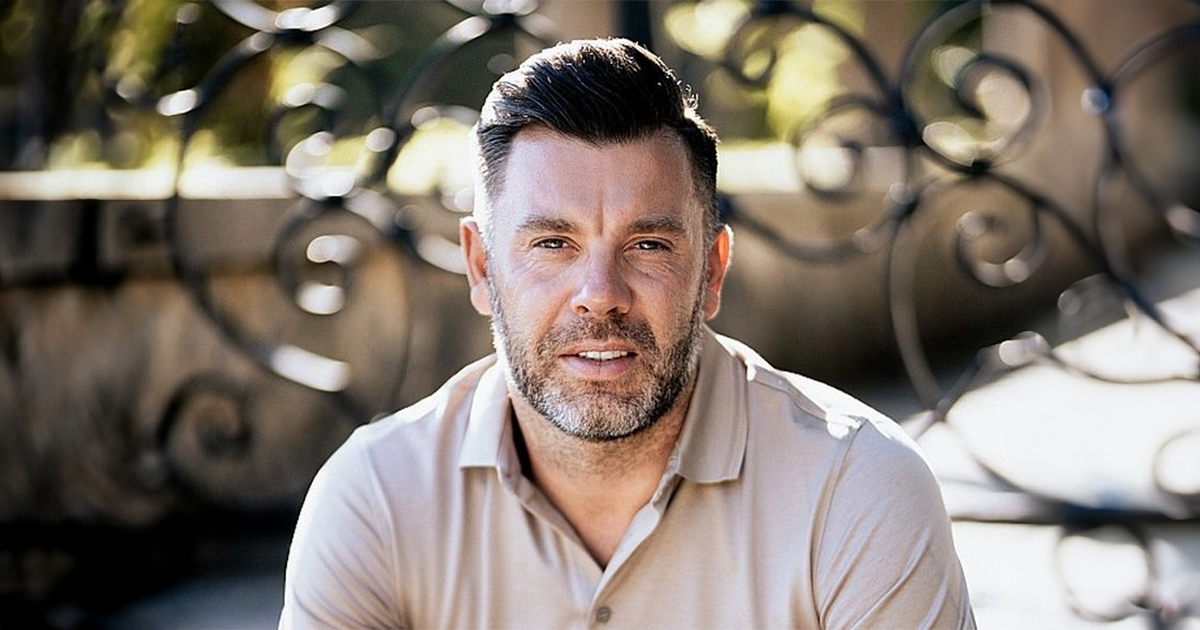Smart Cooling™: A mission to cool the world
A company based in Ogre, a significant industrial town in Latvia, has emerged as a much-anticipated beacon of innovation in the world's hottest regions because of a device it has invented that can significantly reduce cooling costs. During the 2008 financial crisis, two Latvian entrepreneurs - Jānis Strelits-Strēles and Armands Mucenieks - went bankrupt and had to think about what to do next. Jānis Strelits-Strēle had sold his screw wholesale company Stipro, and Armands Mucenieks' ventilation equipment manufacturing company was also in difficulty. A new lever had to be found, and that was energy efficiency in a specific field - building cooling.
With water against heat
"There is no other piece of equipment in a typical supermarket, hospital or data centre that consumes more electricity than a chiller, especially when it comes to the warmer regions of the planet. In warm countries, cooling in such buildings consumes around 70% of all electricity, compared to, for example, lifts, which consume only a few percent, or lighting, which consumes around 12%. All chillers have the same problem: they are very sensitive to changes in air temperature. The higher the incoming air temperature, the harder the compressor has to work, consuming more energy, while the amount of cold produced decreases. On the other hand, if the air temperature exceeds the parameters for which the unit is designed, engineers have been seen pouring water on top of the chiller. This reduces the temperature of the incoming air by evaporation, the only misfortune is that in southern climates this method destroys the chiller within a few months, it simply rusts away. Armands Mucenieks had seen this during his travels around the world, because he was a ventilation engineer. The idea of the machine itself was born in his head and how to make it, and I was attracted to develop the business," says Jānis Strelits-Strēle.
"Knowing water cools the incoming air in the chiller, we were faced with the problem of how to calculate the amount of water needed for such a system, how to convert it into a mist of water particles and how to ensure that this mist does not damage the chiller. We built the first unit ourselves, but as the years went by, we brought in experts from Riga Technical University who helped us find better components and solutions. We also set a target that the price of the equipment should be such that it could pay for itself within two years. The Smart Cooling equipment itself is assembled in a workshop in Ogre. The workshop employs between eight and forty people, depending on the time of year. This is because the world as a whole does not follow the Latvian saying "You make carts in winter, but sleds in summer" (its english equivalent is: "A stitch in time saves nine"). In fact, the only country in the world that does this is Germany, but southerners seem to forget the experience of the previous summer in winter and only realise that something has to be done when the cooling equipment starts to fail in June.
"Smart Cooling is equipment that is installed on industrial building air cooling units. Its purpose is to reduce the temperature of the incoming air with water vapour - a fine mist of water is sprayed into the air to cool the incoming air, while a special membrane protects the cooling equipment from moisture. The company has also patented its equipment. On average, Smart Cooling has helped customers reduce the electricity consumption of cooling equipment by 25-30%, although some sites have achieved greater savings - for example, in Saudi Arabia at the Saudi British Bank building, energy consumption for cooling has been reduced by up to 48%. However, even a 25-30% saving is very significant. The plant is made up of various components, including high-pressure pumps and recirculation pumps, but one of the most important parts is the control panel, which, on the one hand, continuously analyses the outside air temperature and humidity to signal to the pumps how they should operate, but on the other hand also measures the performance of the chiller."
First customers in Latvia and abroad
Once the Smart Cooling unit was in place, the new company Blue Energy Global LLC, founded in 2014, started looking for customers. Schneider Electric became the first customer in Latvia, and their feedback on the equipment has played a major role in the further development of the company. However, this is not the company's only customer in Latvia - the SEB Bank data centre, Galerija Rīga, one of the ice rinks, etc. have also become such customers. But the company's main markets have become the south - southern Europe, the Arabian Peninsula, India, Australia and America. In order to be able to develop such a business, Janis Strelitt-Strøle moved abroad in 2014 - initially to Italy, but at the end of the previous decade to the United Arab Emirates (UAE).
"We found the key hole to enter this market. Namely, we knew that all large manufacturing companies have a budget for energy efficiency and targets to meet in this area. These were the companies we went to - one of our first clients was the cigarette manufacturer Philip Morris International, and the feedback from this company also played a big role in the follow-up, because it was no longer a Latvian client, but an Italian one. This was followed by Nestle, Porsche, PepsiCo, Bosch, Fiat, Novotel, pharmaceutical companies, etc. It was easy to start a conversation on cooling with the chief engineers of these companies, but it was difficult to convince them that a thirty-year-old Latvian from a far northern land could understand anything about the operation and efficiency of cooling equipment. After all, one Philip Morris factory in Italy could have more in- dustrial air-cooling units than the whole of Latvia put together. That's where our training came in - we had calculated and analysed everything very precisely, put it down on paper, and when the engineers checked our calculations, they usually had nothing to object to. The biggest problem was that we were from Latvia, which is not associated with manufacturing, so the start was very slow - two or three projects a year, and we had to get the client to agree to the project in the spring so that we could install it by the summer and test the results in the summer, because only by running the equipment continuously for several months can you get reliable and verifiable data. Customer mistrust of a new company was overcome by feedback from previous customers. But once we had an impressive package of references from Vodafone, Orange, Telecom Italia and others, air-cooling manufacturers started to take an interest," he says.
Next step - UAE
"The first years of rapid development were spent in Italy, which was a turning point in the company's development, and we were noticed by many companies. Using Italy as a business base, we started to operate all over Southern Europe, with a number of projects in Spain, such as equipping the pharmaceutical company GSG's production plant with our equipment. But in 2013, the UAE started to pay serious attention to energy efficiency issues, and around 2016 we started to feel that the demand from this part of the world was starting to come in such volumes that in 2016 I left Italy and moved to Dubai. That's when the first projects in the region started. The first client in the region was also a tobacco factory that had heard about us from Philip Morris," says Strelits-Strele.
Janis says that several years later, the UAE has managed to become part of almost every Emirati government project related to industrial chillers. "Being in this part of the world changed our lives and the product we offer. There is hardly any other place in the world with such extreme conditions as the Arabian Peninsula. If it's 45 degrees outside, it's 60-65 degrees on the roofs in direct sunlight, where the chillers are running, and the chillers have to run all year round with virtually no interruptions. These conditions place very high demands on the safety of any equipment, and any component that is not of sufficient quality will fail very quickly. If your membrane is not good enough at trapping the mist of water droplets, the cooling equipment will corrode very quickly. Because of all these factors, we have upgraded our equipment to its current state, and Smart Cooling equipment is in operation in the UAE government buildings, which have been recognised as the best in energy efficiency across the region."
The UAE market has refined Smart Cooling to such perfection that leading refrigeration manufacturers - Carrier corporation, Daikin, Trane technologies and Johnsons controls - have started to work with the Latvian company, opening up a whole new business area - data centre cooling, which the company has chosen as its main area of development and specialisation. This is the most complex area in the cooling industry, so it is important to choose the best quality equipment. Smart Cooling equipment is already in operation in various data centres, including Amazon in France, Microsoft in India and Khanza in the UAE. Although business is good in the Arabian Peninsula, Janis Strelits-Strele already knows that his next home will be the United States. The first five Smart Cooling units have recently been installed there and it is clear that this is a huge market, especially for data centre cooling. In pursuit of this goal, they have chosen an interesting method: seeking funds through the crowdfunding platform CrowdedHero, although other means are not ruled out other sources of money. The company hopes to raise EUR 1.5 million through various methods. A stock market listing is also not ruled out in the future.
This is translation of interview, published on 19th September, 2023, in latvian business magazine "Latvijas bizness". Original: https://lasi.lv/latvija-pasaule/ekonomika/misija-atdzeset-pasauli.6093

